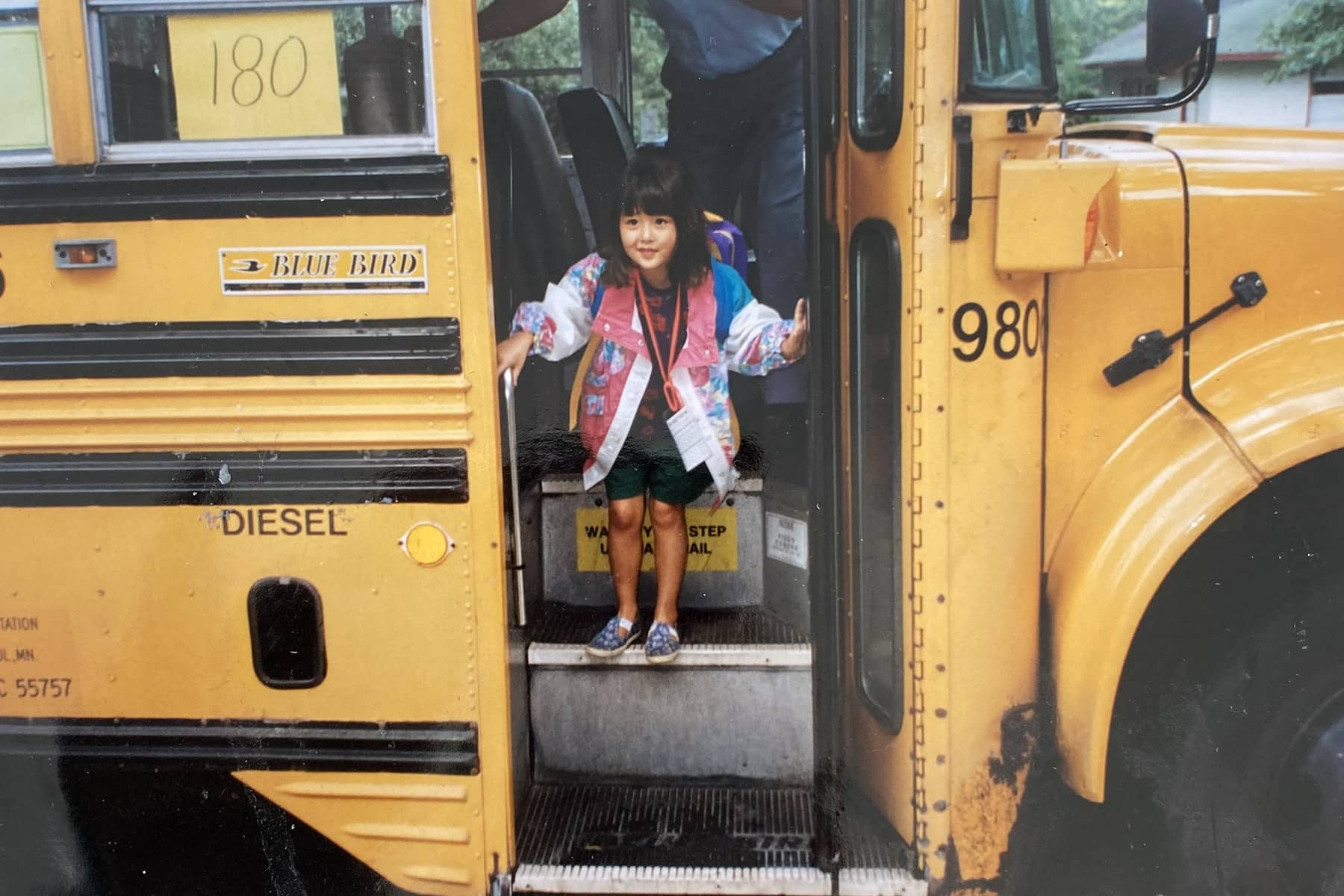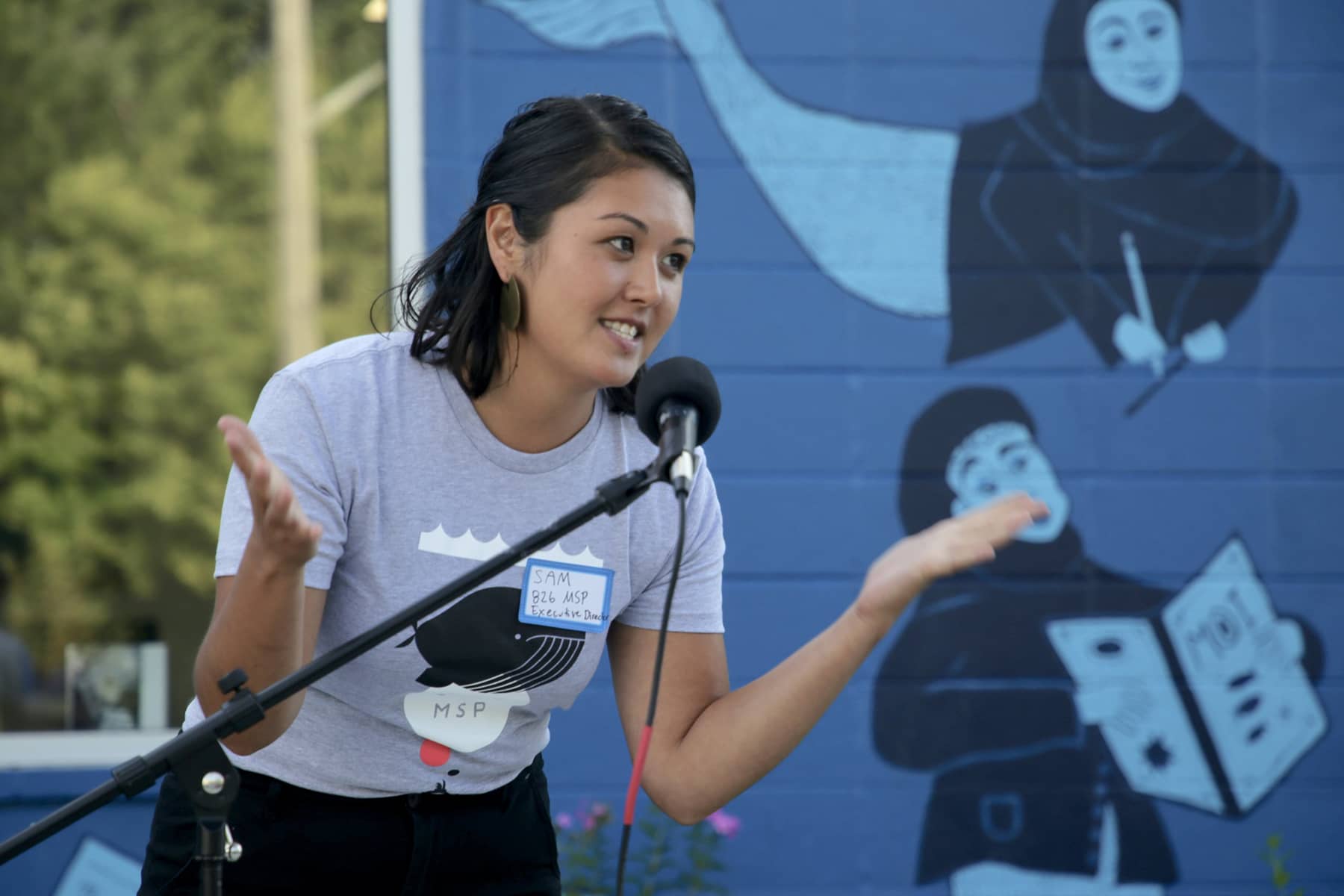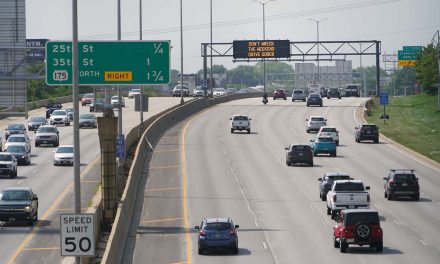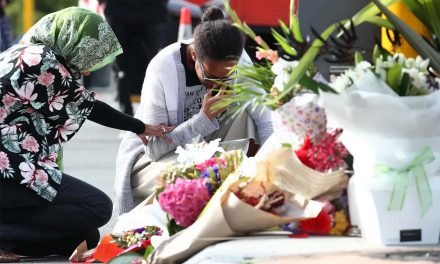
On November 8, my daughter, Samantha Sencer-Mura, a professional educator, became the first Japanese American elected as a representative from her district to the Minnesota State Legislature.
And yet the story of our family and community is not necessarily one of democratic celebration. In 1898, my grandfather came here from Japan, forbidden by laws to become a citizen or own property. During WWII, my parents and their families were imprisoned by the United States government in concentration camps placed throughout desolate areas of the American West. My parents were natural-born citizens from Seattle and Los Angeles, 11 and 15 years old when they were imprisoned behind barbed-wire fences and rifle towers with armed guards.
No Japanese American was ever convicted of espionage; there’s clear evidence that the FBI determined our community was not a military threat but kept that a secret. And yet 120,000 Japanese Americans were incarcerated without a trial and denied their basic constitutional rights.
In 1988, President Reagan and Congress apologized to the Japanese American community for their unjust imprisonment. Reagan admitted the real cause for the camps was not military necessity, but “race prejudice, wartime hysteria, and a failure of leadership.”
Unfortunately, in our Trumpian America, the Japanese internment has been cited by conservatives as precedent for anti-immigrant and anti-Muslim measures. These conservatives don’t know that their demigod Republican Reagan apologized for the camps and saw them as an act of racism.
Their ignorance surely extends to another historical fact: At the start of WWII, the Military Intelligence Service (MIS) desperately needed Japanese speakers but could only find them in our community. So even while many of their families were imprisoned, 6,000 Japanese American MIS soldiers served in the Pacific theater as battlefield experts and guides, as interrogators and translators of captured documents and radio messages. I’ve co-produced, written, and narrated a PBS film about these soldiers, Armed With Language.
Significantly, Gen. MacArthur’s chief of intelligence, Gen. Charles Willoughby, stated that the MIS Japanese American soldiers shortened the Pacific war “by two years and saved a million American lives.” Two years, a million American lives—there are anti-immigrant anti-Asian white people today who owe their very existence to these MIS Japanese Americans, who helped save their fathers or grandfathers.
Despite this history — or, paradoxically, because of it — I grew up wanting to be white. My parents never talked about their imprisonment. Instead, they fervently believed in an assimilation into whiteness. Their imprisonment criminalized their race and ethnicity (unlike wartime treatment of German or Italian Americans). The implied message: You must shed your Japanese cultural roots, don’t make waves, and imitate a white middle-class identity you will never quite achieve.
And so, growing up in a white suburb of Chicago, I diligently worked to blend in with the white majority, to erase my difference. When a white friend said, “I think of you, David, just like a white person,” I felt embraced; I’d achieved something. As a result, I know intimately how it is to think like a white person. A white person is what I wanted to be, what I studied to be. I learned and eagerly believed the stories whiteness tells itself — about our history, who we are as a country, what it means to be a white American.
As a baby boomer child, I imbibed the films and TV that portrayed American history as a paean to unblemished patriarchal white heroes, from Charlton Heston’s Andrew Jackson to the Lincoln hagiographies to Errol Flynn’s Custer and John Wayne fighting the savage Indians. I idolized these white heroes, felt their terror at darker-skinned human beings (including the Japanese in Sands of Iwo Jima).
The only childhood picture I have of America’s chattel slavery comes from Gone with the Wind, a product of the Lost Cause myth, which declared slavery a benign institution where whites and Blacks were comfortable and content. In none of these films — or my history courses — did I ever learn the American story through the narratives and perspectives of non-white Americans. I never studied the Japanese American internment in school. (Nor did my daughter, which is one reason she became an educator.)
Only in my late 20s, after reading Black writers like Frantz Fanon, James Baldwin, and Toni Morrison, did I finally admit I was not white. I began to question and investigate my own racial and ethnic identity. This meant re-examining my own racial experiences, my family’s history, and the ways I’d been taught by whiteness to think about race. I started constructing a new story about myself, my family, our history as a country. Eventually, I understood America began with a contradiction.
As I write in my upcoming book, The Stories Whiteness Tells Itself: Racial Myths and Our American Narratives, “From its very beginnings America had two irreconcilable goals. One was to seek equality, freedom, and democracy. The other was to maintain white supremacy and the domination by white people over any people of color. White America is fine with telling our tale through the lens of the first goal. But it is still decidedly not fine with telling the second story of America’s treatment of people of color and America’s desire to maintain white supremacy. All the recent ridiculous distorting, disparaging, and damning of Critical Race Theory are just the latest manifestation of this repression.”
History, the German critic Walter Benjamin observed, is the tale of the victors. It is the powerful — or the oppressors — who tell the history, not those without power, not the oppressed. Thus, the telling of history is always a struggle for power.
So when Moms for Liberty and other conservatives want to outlaw any teaching of how white people oppressed people of color in America, they are asserting the power of white people to tell all our stories, to determine what is true and not true about our American history. These conservatives want to censor how powerful white supremacy was in our past so they can obscure white supremacy in the present. Our racist past clearly begat our present racism. But if you hide that past from our children, it’s much harder for them to see the racism in the present.
But what these conservatives also can’t admit is this: Diversity is our strength. The heroism of Harriet Tubman and Dr. Martin Luther King Jr. and the Tuskegee Airmen and the struggle of ordinary Black people to survive slavery — that is a history both white and BIPOC children can learn from and be inspired by. Over and over, African Americans were on the right side of history in the issues of race; they have been a key, if not the chief, actors in our country’s racial conscience — and we are all better for that.
The MIS Nisei, including my uncle, served in Japan’s pacification. The Japanese thought the Americans were going to kill and torture them, but were reassured by Japanese American soldiers telling them in Japanese that that was not going to happen. Many Japanese declared the United States must be a great country to possess the loyalty and service of these Japanese Americans.
Diversity is our strength. That is what we and our children can learn from our history; and so, as I argue in The Stories Whiteness Tells Itself, our history must be told from the perspective of all Americans, whatever their race or ethnicity.
And now my daughter is part of that history, our pursuit of true equality and democracy.
David Mura
Samantha Sencer-Mura
Originally published by YES! Magazine as What the Whiteness Story of America Denies















